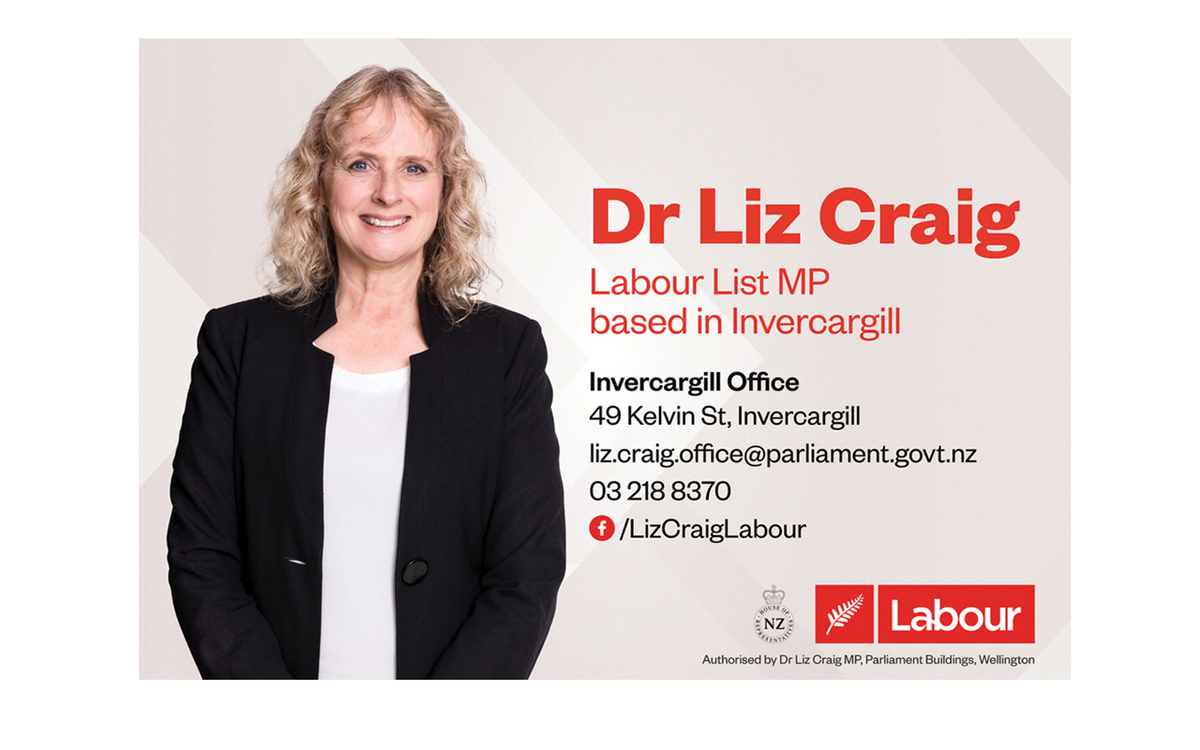Growing the Health Workforce
Sponsored content / Published by Arrangement
09 August 2022, 2:44 AM

With Southern health services increasingly being stretched by COVID-19, influenza and staff illness, as well as pre-existing workforce shortages, it was a real pleasure to attend the opening of Te Hau o Te Ora primary care service in Invercargill on August 1st.
A partnership between WellSouth, Hokonui Rūnanga and Awarua Rūnaka, the new service aims to meet the needs of unenrolled patients who are struggling to access primary healthcare in Murihiku / Southland. Currently, employing a doctor, two nurses and a health improvement practitioner, Te Hau o Te Ora has the capacity to enrol around 3200 patients.
It was also fantastic to see the new West Invercargill Health opening on the same day. With two doctors and a nurse, the practice has the capacity to enrol up to 3000 patients.
Together these two new health services will give a much-needed boost to primary healthcare in Invercargill and help many of those who’ve been struggling to enrol with a general practitioner (GP) to find a healthcare home.
However, even with these two new services, the health workforce challenges facing the Southern region remain considerable.
Since taking office in 2017, building our health workforce has been a priority and there are now thousands more doctors and nurses working for Health New Zealand than when we came into Government.
We are training more nurses than ever, and we’ve changed immigration rules to make it easier for health workers to come to New Zealand.
However, challenges remain and that’s why the Government recently announced a range of new measures to help train more health workers here in New Zealand, while also bringing in more doctors and nurses from overseas to help address immediate workforce pressures.
A joint project with the Royal New Zealand College of General Practitioners aims to increase the number of GPs trained here from 200 to 300 each year, as well as increase the number of Māori and Pacific GPs. Another initiative aims to double the number of nurse practitioners trained, from 50 to 100 each year.
Non-practising nurses in New Zealand who wish to return to nursing will also be supported by a Return to Nursing Support Programme, which provides up to $5000 to help with their registration costs.
A new one-stop-shop for international recruitment is also being established within Te Whatu Ora / Health New Zealand, to make it easier for overseas trained health workers to move here and find jobs. The new recruitment service will help with immigration and registration for overseas-trained nurses, doctors, midwives and other health workers like physiotherapists.
Overseas trained nurses may also be eligible to receive up to $10,000 to help them complete a competence assessment programme that may be required for their New Zealand registration.
Similarly, overseas trained doctors may be eligible for a six-month bridging programme to help them prepare for working here. This may include a salary while they undertake a six-week clinical induction course and a three-month training internship.
Having overseas-trained doctors do the internships they need to gain New Zealand registration in GP clinics rather than in hospitals may also increase the number of doctors able to work here, with a pilot in the Waikato which builds on work already done in the northern region being a first step in this direction.
So while it’s fantastic to see two new primary care services opening in Invercargill, it’s also great to see the measures the Government is putting in place to ensure we can address immediate health workforce pressures, while at the same time training more GPs and nurse practitioners here in New Zealand.
